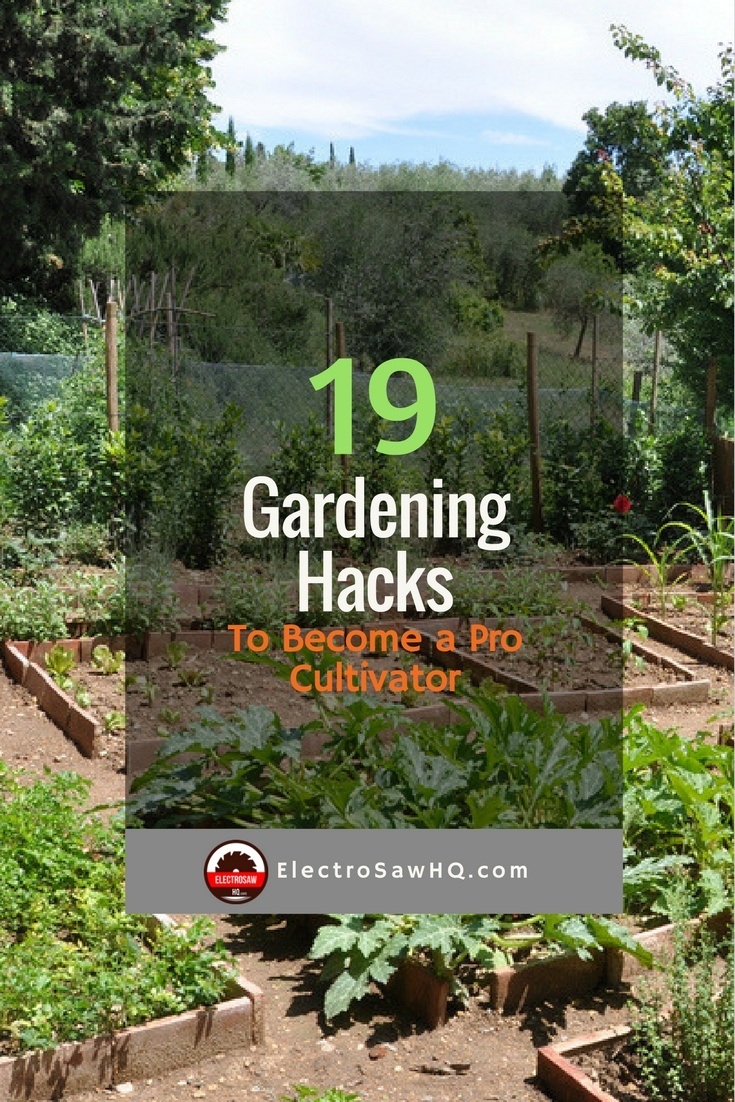- You are here:
- Home »
- Blog »
- Blog
- » 19 Gardening Hacks to Become a Pro Cultivator

19 Gardening Hacks to Become a Pro Cultivator
There’s no shortage of gardening books full of valuable information on getting things growing. Of course, the instructions typically play by the standard rules that involve buying all the proper equipment and following the usual step-by-step procedures. But what about all the juicy "gardening hacks" that aren't listed in those books?
My experiences with gardening have shown me that there are plenty of unorthodox gardening tips and ideas to get around expensive tools and restrictive routines. Among all the tips out there, the following gardening hacks stand out as some of the best around. I'm confident you’ll learn a thing or two here.
Check out these awesome gardening hacks to get around expensive tools and restrictive routines!
Table of Content
2018 Gardening Hacks to Become a Pro Cultivator
#1 Homemade Seed Tape
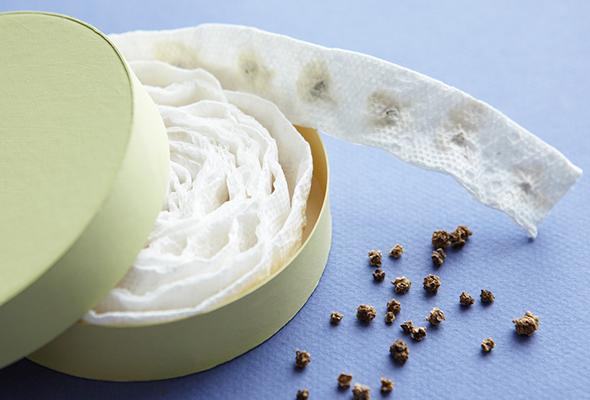
Source: PGEveryday
Seed tapes are very convenient, expensive, and come in limited selections. You can make your own low-cost alternative with basic components including toilet paper, flour, and the seeds themselves. With a strip of toilet paper the length of the desired row, just fold it up and cut it lengthwise into two equally-wide sections.
With these strips laid out, use the flour to make a thin paste. Place drops of the paste on one toilet paper strip at intervals matching the required seed spacing. Then drop a couple of seeds in each drop and place the second strip over it before the paste dries.
#2 Milk Jug Hot Caps
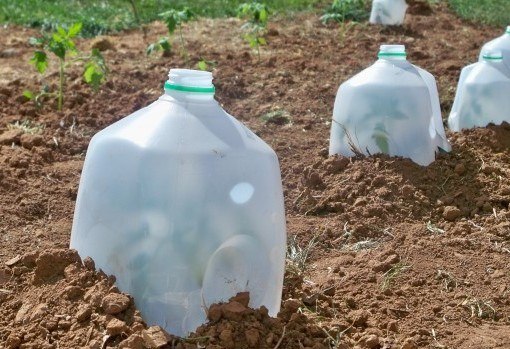


Source: FamilyFoodSecure
Hot caps are great for plants like tomatoes that have long growing seasons since they provide outdoor protection from late frosts. I think they should always be included as part of a gardening secrets 101 guide. You’ll find that the commercial varieties aren’t very expensive, but if a lot are needed, costs can add up.
Used plastic milk jugs offer a super cheap alternative. First, cut the bottoms off the jugs and make one-inch cuts at the four bottom corners. Bend the four bottom edges outward and stick loop stakes through them to secure the jug to the ground.
#3 Repellant Plants
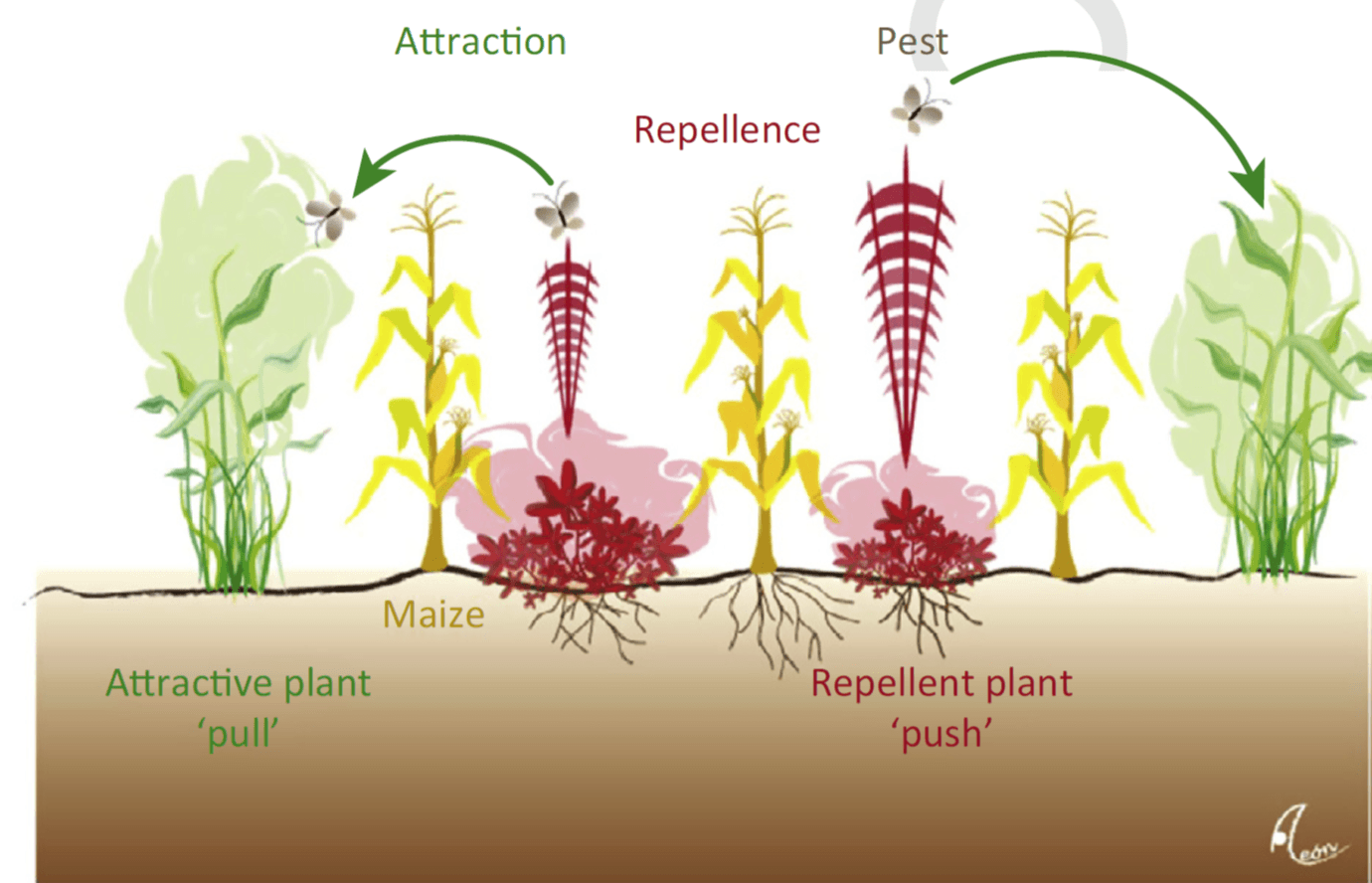


Source: ASPB
With the current popularity of environmentally-safe pesticides, one truly safe way you can repel damaging insects is through plants that do the job naturally. Five top choices for this task that are treasured Amish gardening secrets are borage, chrysanthemums, lavender, marigolds, and clover.
Plant marigolds around tomatoes to drive out whiteflies while mums make nematodes and Japanese beetles feel unwelcomed. Both borage and clover repel cabbage worms, and lavender provides protection against just about everything. The Amish also use clover extensively to add nitrogen to the soil.
#4 Citrus Rind Planters
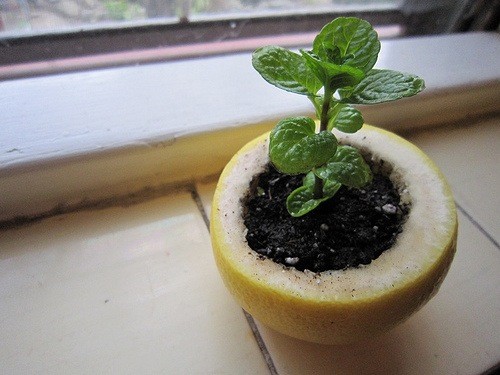


Source: MyRomanApartment
If squeezing orange or lemon juice has left behind a load of rinds, here’s one of the old fashioned gardening tricks. They can find a second life as seed starters. All that needs doing is a hole jabbed through the bottom for drainage and the addition of some potting soil and the seeds. They make a great substitute for the biodegradable pressed peat pots at the store. Also, don’t forget to include those grapefruit halves.
#5 Eggshell Planters
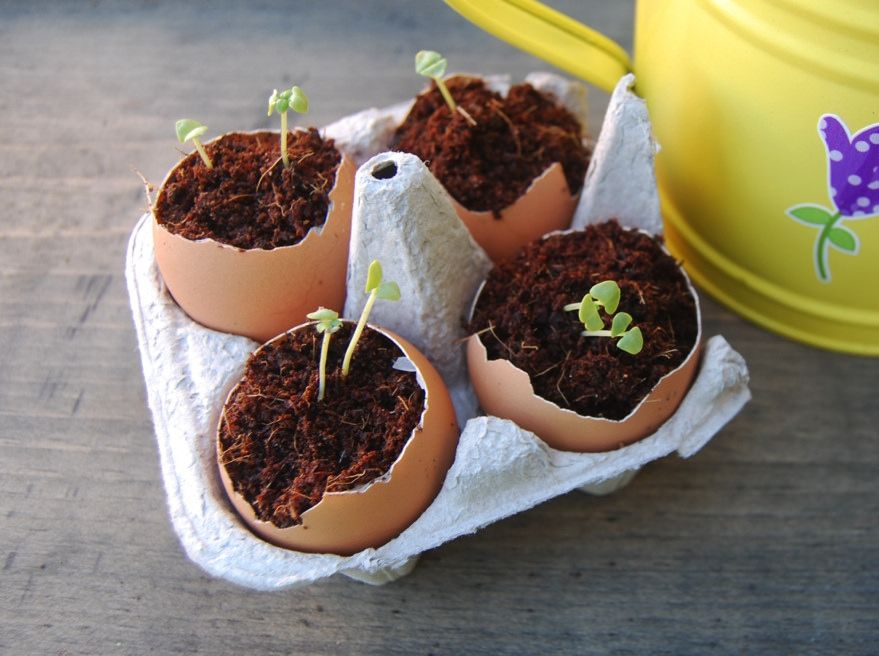


Citrus rinds might not always be available but eggshells almost always are. They can perform the same function as the rinds while also supplying an extra measure of calcium to the soil as they decompose. This is one tip that blends nicely with grow room setups and designs.
The downside is that it’s very difficult to punch a hole through the bottom. It’s also important to remember to lightly crush the shell just before placing it and the seedling into its permanent spot so the roots can spread and the water can drain.
#6 Tarp Travois
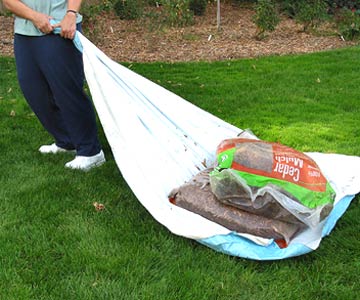


Source: BHG
Wheelbarrows are pretty clever devices with their exceptional leverage and maneuverability. Unfortunately, they have the drawback of focusing all the weight of the load on one wheel that can press a nice groove into the soil. They also cost a bit if one isn’t already available. A low-cost and simple alternative is to use a sturdy tarp or old tablecloth to transport materials about the yard. It’ll slide along easily and distributes the weight better.
#7 Buried Watering Bottle



Source: ProvidentLiving
Many plants, like tomatoes, thrive better if the watering takes place below ground, so no diseases in the soil get splashed on them. While there are drip hoses for this job, a budget-friendly alternative is to take a used 2-liter plastic bottle and poke four or five tiny holes near its bottom. Next, bury it up to its neck next to a garden plant where it can be filled with water to provide a slow-release solution. It may become necessary to replace it if roots build up around the holes.
Related Article:
The Complete Hercules Hose Review for Home Gardeners
#8 Melon Hammocks



Source: VegetableGardener
If your garden appears to be too small to accommodate watermelon plants —I mean, even a compact variety like sugar baby needs 6 square feet of room— you can always go vertical. Watermelons are vines that can climb with some help. Just erect a particularly strong trellis, and use nylon hosiery or plastic mesh to create support hammocks for the melons. Even if you do have space for earthbound plants, a nylon hammock can provide protection from garden pests.
#9 Easy Cleaning for Tools
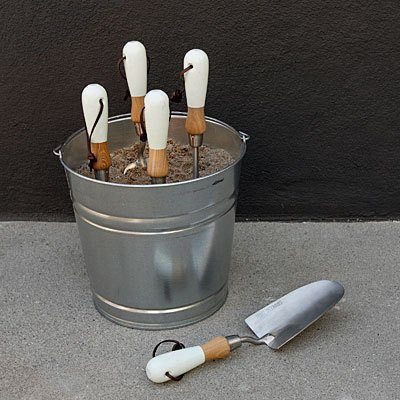


Source: Sunset
A simple way for you to remove dirt from gardening tools while helping them avoid rust is to make a storage pail containing a roughly 50/50 mix of sand and mineral oil. The mixture can be placed in a terracotta pot, but a plastic one should work just as well. For that purpose, a plastic milk jug or bottle with the top cut-off will work (without being particularly decorative). Be aware that while some people think this setup might also sharpen tools, I’d suspect shoving them in sand is more likely to grind the edges off.
#10 Coffee Filter Drainage Covers
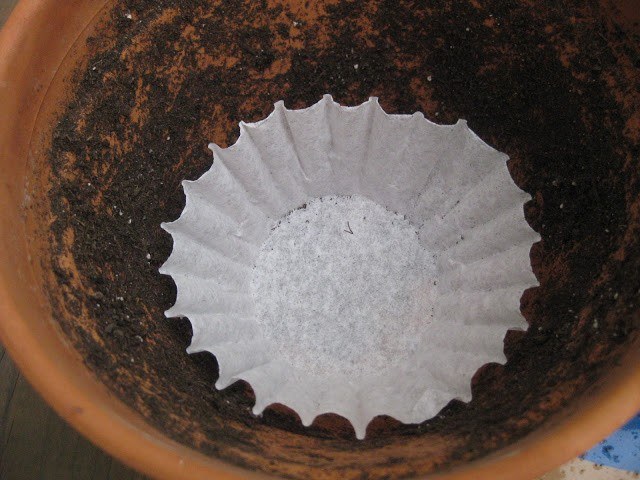


Source: ABakersHouse
The traditional way of keeping soil from leaking out of the bottom drainage hole in a flower pot is to place some rocks or pottery shards over it. This is a less than perfect solution. Something you’ll find better among gardening tips is a coffee filter. These paper liners come up around the edges of pots so there’s no chance of soil migrating through the drain hole. At the same time, they’re porous, so water can flow freely.
#11 Newspaper Mulch
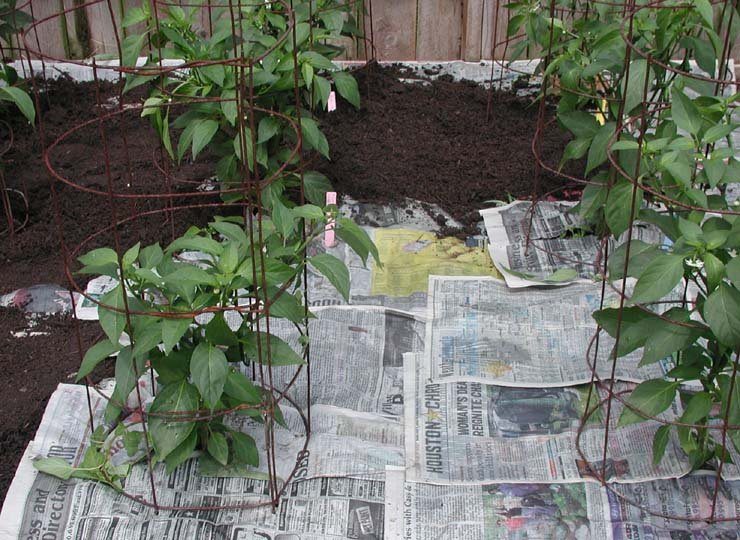


Source: HomemadeByMomma
Creating a barrier around plants that blocks weed growth while letting water pass through is as simple as placing sheets of newspapers around them and covering them with dirt. The paper keeps the weeds down while it decomposes into the dirt. So long as only newspaper that uses soybean-based ink is used, you won’t have to worry about the threat of chemical contamination to the soil.
#12 Strawberries From Milk Crates



Source: LovingHere
Aside from being great for transporting milk, the latticed sides, light weight, and strength of milk crates make them natural as strawberry planters. What you’ll enjoy even more is that you can put together as many as you want and configure them both horizontally and vertically. As this video shows, the only other components needed are weed barrier fabric and potting soil along with a few tools like tin snips and a box cutter.
There’s also little required in the way of technical skills, as you can appreciate in the following video:
#13 Cinder Block Raised Bed



Source: HappyHomeYPSI
By themselves, raised beds offer the benefits of better drainage, fertilizer retention, less bending over, protection from some pests, and quicker spring soil warming. The trouble is that they’re usually built from wood and require a fair amount of labor and carpentry tools to make.
If some built-in seating for easier access is desired, you’ve got even more work in store. Concrete cinder blocks eliminate the complicated construction project since they only need to be stacked without mortar. At 8 inches wide, the block walls can be filled with soil for additional plants or provide built-in seating.
Related Article:
Keep the weeds short using a string trimmer.
#14 Durable Plant Markers



Source: RepeatCrafterMe
Seedlings from the garden center usually come with plastic tags containing vital information. Sadly, these tags are quite small and aren’t very rugged. More reliable items for marking plants include clothespins, cheap wooden spoons, and even flat stones. Clothespins work best with tomatoes in cages or other plants that climb trellises. You’ll need a good felt-tipped pen to write the info on either the clothespins or spoons. In the case of the flat stones, waterproof paint does the trick for permanent identification.
#15 Sketch a Garden Plot
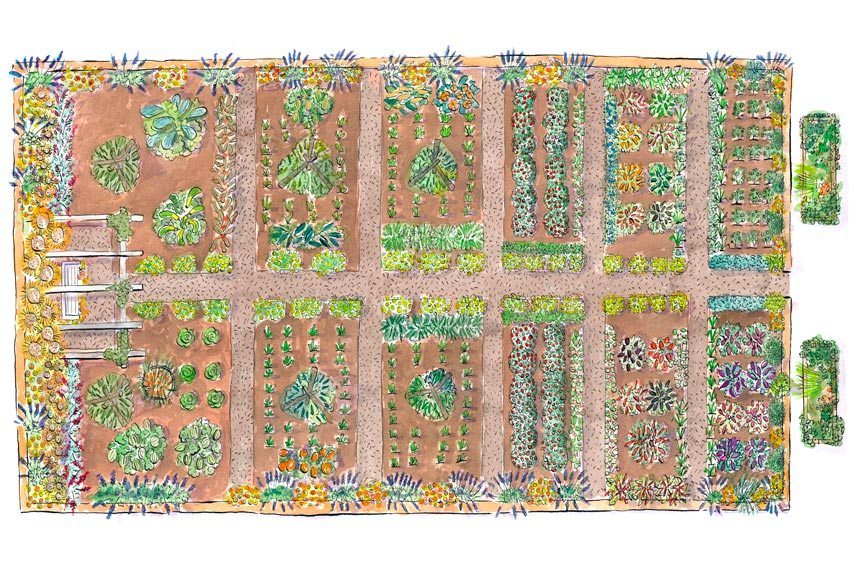


Source: CountryLiving
Durable markers are great for immediate identification of plants in either the vegetable or flower garden, but their functionality is extended if they're complemented with a diagram that shows where each plant is located in the vegetable garden, using exact measurements as much as possible.
When vegetables grow, they tend to attract diseases specific to them that can linger in the soil over winter. If the same species are planted in the same spots, they become more vulnerable to attack. Knowing what was previously planted and where will eliminate the guesswork and headaches.
#16 Roses From Cuttings



Source: AmateurGardening
Starting new rose bushes from cuttings can be problematic since they tend to fall over when stuck in plain soil. A small potato makes the perfect support base to keep things upright while keeping the cane tip properly moist and nourished.
After coating the rose cane tip in rooting powder, jab a hole in the potato and stick the rose cane in it. Then place it in a pot with soil and cover the potato. A caveat is that some rose varieties are under patent, so technically, this shouldn’t be done with them.
#17 Tomato Plants From Slices
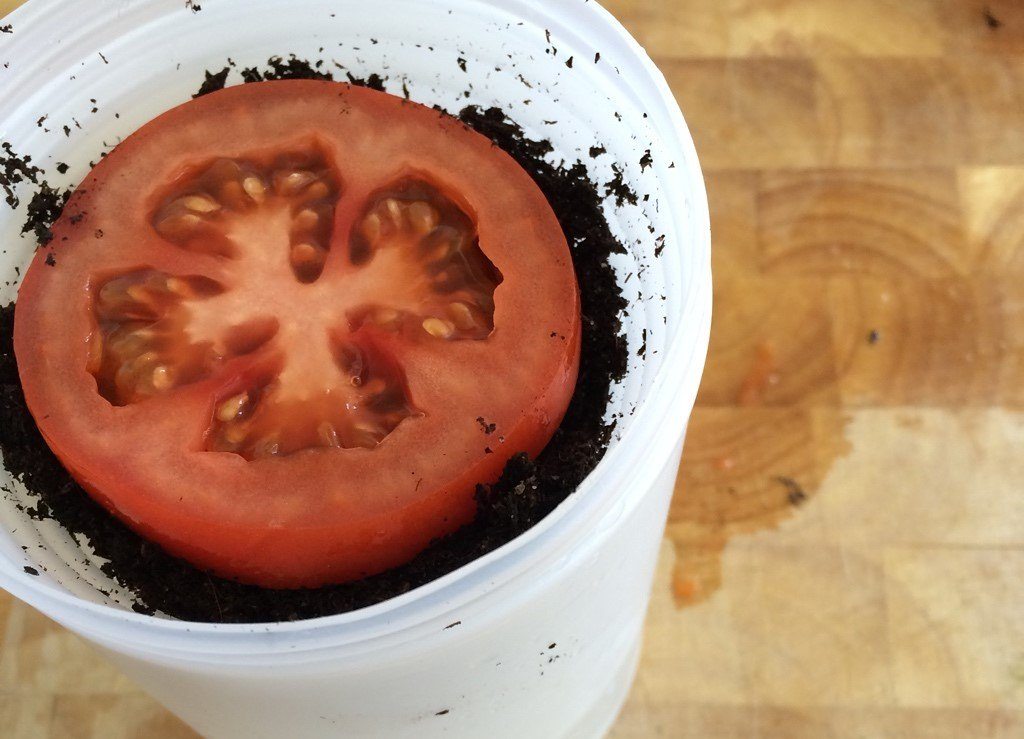


Source: GrowerFlow
If you’ve got a variety of tomato you enjoy eating but you can’t find or don’t want to buy the seeds for it, here’s one of the simplest vegetable gardening tips for beginners you’ll find. Just slice up one of the tomatoes and put the slices in a dirt-filled pot. Next, just barely cover them with more dirt and keep moist until they sprout. Just handle them like ordinary seedlings from there.
#18 Tool Handle Measuring Stick



Source: GardenLoversClub
Whether it’s spacing seeds or spacing rows, a tape measure is usually part of your garden tool collection. Marking off inches and feet on the handle of a tool like a rake or hoe is another favorite on my list of easy gardening tips, as it eliminates the need for carrying around this additional piece of equipment. It’s also a lot easier to use than having the tape snag on something when reeling it in.
#19 Deadheading
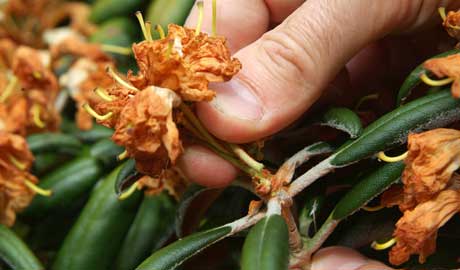


Source: TreeandLandscapeCompany
Flowers, especially perennials, can enjoy an extended blooming period if you remove the current flowers once they’re spent. Deadheading is one of the best flower gardening tips for beginners I can share. It tells the plant that the attempt to produce seeds from flowers failed. It’ll respond by generating additional flowers to try again. Pretty neat, isn't it? Depending on the species, this procedure can also keep the plant looking good for you with the dead flowers out of the way. Yes, you may be telling a white lie to your plant, but what Daisy doesn't know, can't hurt her.
Conclusion
I really hope you found these ideas to be fun and helpful. I surely did! These ideas make gardening a bit easier and more interesting for me. There are plenty of tips floating around the web, but some just turn out to be a waste of time.The tips on this list have the added bonus of being reliable; they've all been thoroughly tested out.
Other advice claiming to be the most clever among gardening tips, like using epsom salts as fertilizer or cleaning plant leaves with dish soap or a detergent, is just downright destructive. If you know of any other great tips that you've personally tested, feel free to share the knowledge in the comment section below!
